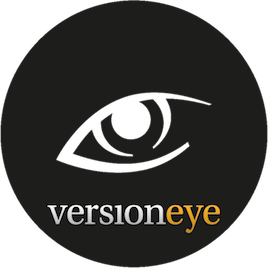Mock sample for your project: Central Board of Secondary Education API
Integrate with "Central Board of Secondary Education API" from apisetu.gov.in in no time with Mockoon's ready to use mock sample
Central Board of Secondary Education
apisetu.gov.in
Version: 3.0.0
Speed up your application development by using "Central Board of Secondary Education API" ready-to-use mock sample. Mocking this API will help you accelerate your development lifecycles and allow you to stop relying on an external API to get the job done. No more API keys to provision, accesses to configure or unplanned downtime, just work.
Enhance your development infrastructure by mocking third party APIs during integrating testing.
Description
CBSE (http://www.cbse.nic.in/) is issuing marksheets, passing certificates, migration certificates etc. through DigiLocker. These are either pushed, or can be pulled by students into their DigiLocker accounts. Currently available - 2004 - 2020 [Class XII], 2004 - 2020 [Class X], 2017 (NEET Rank Letter & Marksheet), 2016 (NEET Rank Letter), 2018 December (CTET Eligibility Certificate & Marksheet).
Other APIs by apisetu.gov.in
Food, Civil Supplies and Consumer Affairs Department, Karnataka
Transport Department, Delhi
Max Life Insurance Co. Ltd.
Department of Empowerment of Persons with Disabilities
Bajaj Allianz Life Insurance Company Ltd
Madhya Pradesh Medical Science University, Jabalpur M.P., Madhya Pradesh
Department of Pension and Pensioners Welfare
Employees' Provident Fund Organization
Tata AIA Life Insurance Co. Ltd.
Directorate of Information Technology, Government of Tripura, Tripura
eDistrict Chandigarh, Chandigarh
Ministry of Petroleum and Natural Gas(BPCL)
Other APIs in the same category
Board of Vocational Higher Secondary Examinations, Kerala
Labour Resource Department, Bihar
Ministry of Petroleum and Natural Gas (HPCL)
Prime ReportStream
Dr. B.R. Ambedkar Institute of Technology,Andaman & Nicobar Islands
OPTIMADE API
This specification is generated using optimade-python-tools v0.16.0.
KERALA PUBLIC SERVICE COMMISSION, Kerala

Available API endpoints

Enterobase-API
EnteroBase is a user-friendly online resource, where users can upload their
own sequencing data for de novo assembly by a stream-lined pipeline. The assemblies
are used for calling MLST and wgMLST patterns, allowing users to compare their strains
to publically available genotyping data from other EnteroBase users, GenBank and classical MLST databases.
Click here to find how to get and use an API token: http://bit.ly/1TKlaOU